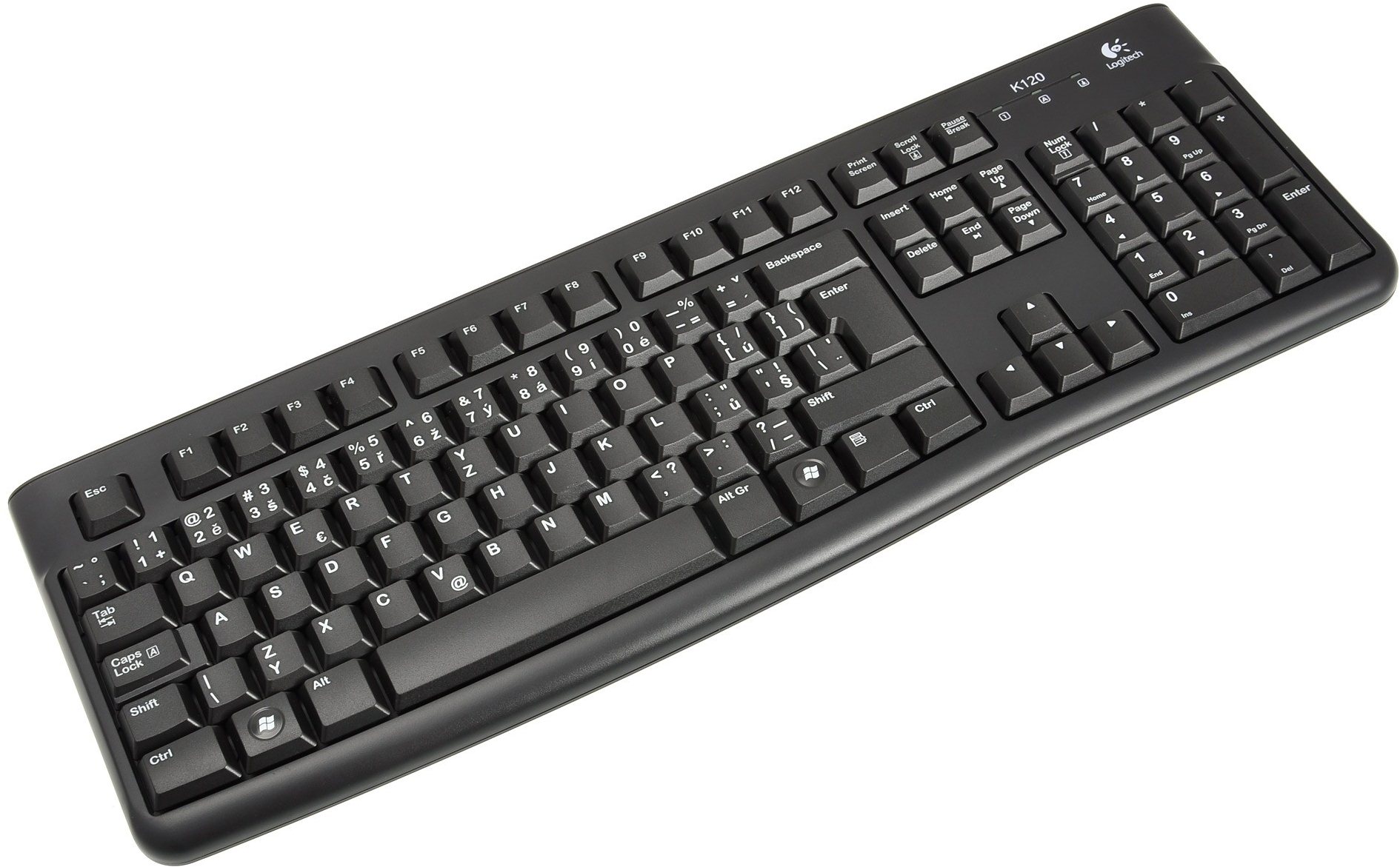Posted on 10/28/2021 1:27:32 PM PDT by algore
The cheapest member of the Raspberry Pi computer family now has a successor: the Raspberry Pi Zero 2 W ,
A 64-bit, quad-core follow-up to Zero W costing just $15.
Launched today by British computer-maker Raspberry Pi, the Pi Zero 2 W features a 1GHZ CPU that the manufacturer claims packs 5x the performance for multithread workloads than 2015's Raspberry Pi Zero.
The 65mm x 30mm board features a quad-core 64-bit Arm Cortex-A53 CPU, clocked at 1GHz. At its heart is a Raspberry Pi RP3A0 system-in-package (SiP), integrating a Broadcom BCM2710A1 SoC (the same used in the Raspberry Pi 3, albeit clocked-down slightly) with 512MB of LPDDR2 SDRAM.
As well as offering a significant jump in multi-threading, Raspberry Pi says the upgraded processor in the Zero 2 W delivers a 40% performance boost in single-thread executions.
The super-cheap and super-hackable Raspberry Pi Zero quickly became one of Raspberry Pi's best-selling devices back when it launched six years ago, thanks to its versatility and affordability price – costing just $5 at launch.
It's also a firm favorite of Raspberry Pi co-founder, Eben Upton. "Of all the products we've launched, Zero is still the one I'm proudest of: it most perfectly embodies our mission to give people access to tools, and to eliminate cost as a barrier,"
(Excerpt) Read more at zdnet.com ...

If the 'motherboard' is the size of a matchbook, why NOT for goodness sakes?
That's kind of scary, isn't it?
That’s a computer?
Heck yeah.
A single board computer, yes.
Heck, about 35 years ago I had a single board computer
based on the Hitachi HD64180 microprocessor that was
only about three or four, maybe five or six times larger than that thing
in the picture. And that was 35 years ago.
The HD64180 basically was a souped-up Zilog Z80 that ran
the ZCPR3 operating system which was basically a souped-up
version of CP/M (Control Program For Microcomputers).
And I'll tell you that it was a sorta nifty thing back in the early 1980's.
Okay, I'll stop talking Geek-Greek now...
Oh, here is something like it:

In the late 80s, I had an IBM PS2/50 (IBM 8250) w/ proprietary Micro Channel architecture; is that the same thing?
Not exactly.
But speaking of IBM -
In 1981 I spent just over $3000 for one of the first IBM PCs.
It had two full-height 360K 5 1/4 inch floppy drives.
It originally had no hard drive at all until I installed a
20 Megabyte half-height 5 1/4 inch Seagate drive.
Magically transforming it into an IBM PC-XT.
Actually better than the original XT model - which only had a
10 megabyte drive.
The thing would be a fairly valuable collectors item now -
if I still had it - but it's loooong gone now.
Here we go:
My $4,200 PS2/50 also had 2 floppy dives, a black screen w/ orange type and I started on DOS 3, w/ 9 commands. I used a lot of Egghead Software, until Windows v2.1 286 Runtime w/ graphics came out, and then v3.1... aaaahhh, the good old days. Remember the old 12.2 dial-up modem cradles? BBS? What a hoot.
Nah, in this context “super hackable” means “easily configurable with cheap components.”
The varieties of Linux OS that can be run on the Raspberry Pi are very stable, secure — and free.
The Model F! My favorite keyboard ever. A joy to type on.
It was so comfortable that they’re making knockoffs of it nowadays.
I found them to be a little too noisy, 'clackety' and 'mechanical feeling' really.
A number of years ago I 'standardized' on the Logitech K120 keyboards.
They are now all I use for desktop machines.
Silky smooth, quiet, low cost, and totally reliable.
But the crux of the issue is that I am NOW totally used to the things.
Of course I don't and (usually) can't use them with a notebook or tablet.

I certainly remember BBSes. A buddy of mine ran one in fact.
But cradle modems - I never had the pleasure. I saw a
number of 'em, but never myself used one, that I remember.
The best keyboard. I even connect one to my laptop. I like the clicking, and the numbers keypad. Tested at 110/wpm using one.
Mine had a "CGA" card that provided sixteen stunning colors.
(Actually eight colors in either high or low intensity.)
And I started out on MS-Dos 2.0 - which I quickly upgraded
to 2.1. I remember when IBM was selling IBM "PC-Dos" -
when you bought a machine back then you had to choose
between MS-Dos and PC-Dos. From a practical standpoint
there was virtually no difference.
You know - in remembering this nonsense I am reminded of
my Grandmother who told me about how in her childhood in
the winter they would sprinkle the coal ashes from their
furnace on the snow-covered street in front of the house
(in Philadelphia) to prevent the horses from slipping
and falling... (I'm serious.)
A "Computer Graphics Array" screen:
Stunning, Eh?
![]()
Disclaimer: Opinions posted on Free Republic are those of the individual posters and do not necessarily represent the opinion of Free Republic or its management. All materials posted herein are protected by copyright law and the exemption for fair use of copyrighted works.